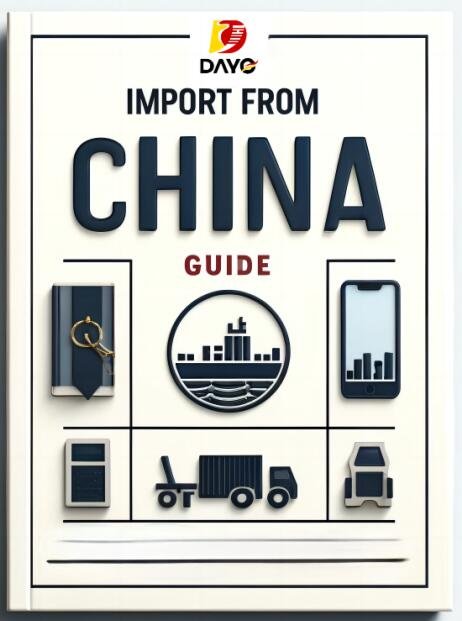
Vietnam and Thailand’s average labor costs (280–380/month) lure global buyers, but hidden risks abound. Mitigate pitfalls with these tactics:

- Verify “Shadow Capacity”: Factories often inflate output claims. Demand 72-hour continuous production videos and cross-check machine OEE (Overall Equipment Effectiveness) rates. A German automotive firm uncovered a 40% capacity gap in a Ho Chi Minh City plant using IoT sensor audits.
- Decode Cultural Red Flags:
- Thai “Greng Jai” Culture: Avoid yes-men responses; use third-party auditors to assess true compliance.
- Vietnamese Overtime Realities: Ensure shifts align with Decree 145’s 300-hour/year overtime cap.
- Inspect Beyond ISO 9001: Require IATF 16949 for automotive parts and SA8000 for labor practices. A U.S. retailer rejected 23% of audited Malaysian factories for falsified wage records.
- Test Raw Material Traceability: Use XRF guns to verify alloy grades onsite. A Spanish buyer found 304 stainless steel substituted with 201-grade in 31% of sampled Indonesian shipments.
- Validate Subcontractor Networks: Map tier-2 suppliers – 68% of Thai electronics factories outsource PCB work to uncertified workshops.


Checklist Must-Have: Mandate bilingual (English/local language) audit reports with geotagged photos.


